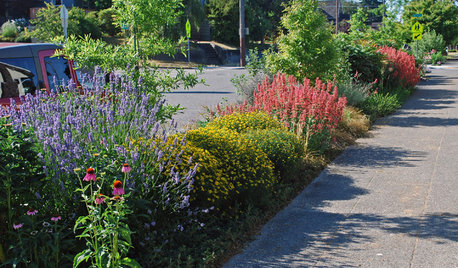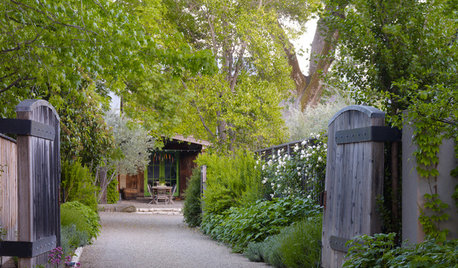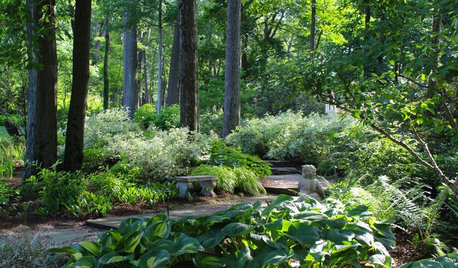A friend gave me nearly ten gallons of muscadines this year. Big purple ones plus the white scuppernongs. This was my first experience with them and I found very little information on the web, except for jelly recipes. We don't need jelly.I wanted raisins. So, I embarked on experiments. In the hopes that my failures will help others, I am posting this here.
First, I extracted the juice with my Victorio strainer, and poured it into the fruit roll up trays of my Nesco Dehydrator. My idea was to make fruit leather that I could chop and use in granola.(Muscadine skins are very thick and the seeds are large, so straining it a necessity.) I kept the purple and the white juice separate.
This was extremely hard work! The skins are so thick that it took a whole lot of muscle to put the raw fruit through the strainer. Then, it took 48 hours for the leather to dry and what was left was very thin. It was, however, positively delicious. Tremendously better than raisins. It's odd. I liked the flavor of the white muscadines best right out of the skin. But I like the flavor of the purple leather better than the white leather. Also, the purple leather had more substance to it than the white. More pulp, I guess.
On batch number two, I thought I would strain out the pulp in a sieve after the food mill step and just use the pulp for fruit leather. I poured a gallon of the white juice through the strainer (that's what I had left) and got about two tablespoons of pulp. No go.
So, the next day I went back to my friend's house and picked more grapes. And on the next batch I tried something different. I found a post on the web where someone made leather with concord grapes. I tried her method which involved cooking the fruit until the skins burst, straining, and then cooking it down to a jam consistency. After that, she dried it to leather. I tried this with the purple ones.
I discovered that cooking (boiling) for a long period of time ruins muscadine flavor. So, that batch was poured down the sink. (ouch)
At the same time (unfortunately) I tried extracting the juice of the white ones with my Victorio and putting it into a crockpot, thinking it would thicken up and not take so long to dry into leather. (I didn't have another pot big enough to boil it in.) I let it go in the crockpot all night and ended up pouring it out too. Evidently, the white juice is even more heat sensitive than the purple juice. It tasted horrible and it wasn't even boiling.
So, this morning, I got up to give it one more try. :)
This time I put the fruit into my food processor and pureed it. Then I put it through the food mill. This was by far the easiest way to get the grapes through the mill. It didn't save time, but it saved an enormous amount of effort.
I intended to just put up the juice in the freezer and abandon the whole notion of fruit leather. But I noticed that the grape puree seemed to have more pulp in it. So I ran it through a sieve and voila! I had an applesauce consistency to put into a roll up tray. It is dehydrating as we speak and I think this might just be a success. I decided to dry it on a lower heat setting too to see if I can preserve the fresh flavor better.
I am considering planting a vine or two for us. A productive vine, it is said, will produce more than 50 pounds of fruit per year. If my husband decides he likes the juice enough to drink it regularly and the fruit leather from puree is a success, I just might do it.











theforgottenone1013 (SE MI zone 5b/6a)
thatcompostguy
Related Professionals
Londonderry Landscape Architects & Landscape Designers · Ashburn Landscape Architects & Landscape Designers · Mitchellville Landscape Architects & Landscape Designers · McKinney Landscape Contractors · Brownsville Landscape Contractors · Danvers Landscape Contractors · Dixon Landscape Contractors · Wethersfield Landscape Contractors · Whitehall Landscape Contractors · Whittier Landscape Contractors · Cedar Rapids Roofing & Gutters · Holland Roofing & Gutters · Pittsburgh Roofing & Gutters · Manchester Roofing & Gutters · Conroe Driveway Installation & MaintenanceDonnaOriginal Author
Marcus Toole
Dreggors, Rigsby & Teal, P.A..